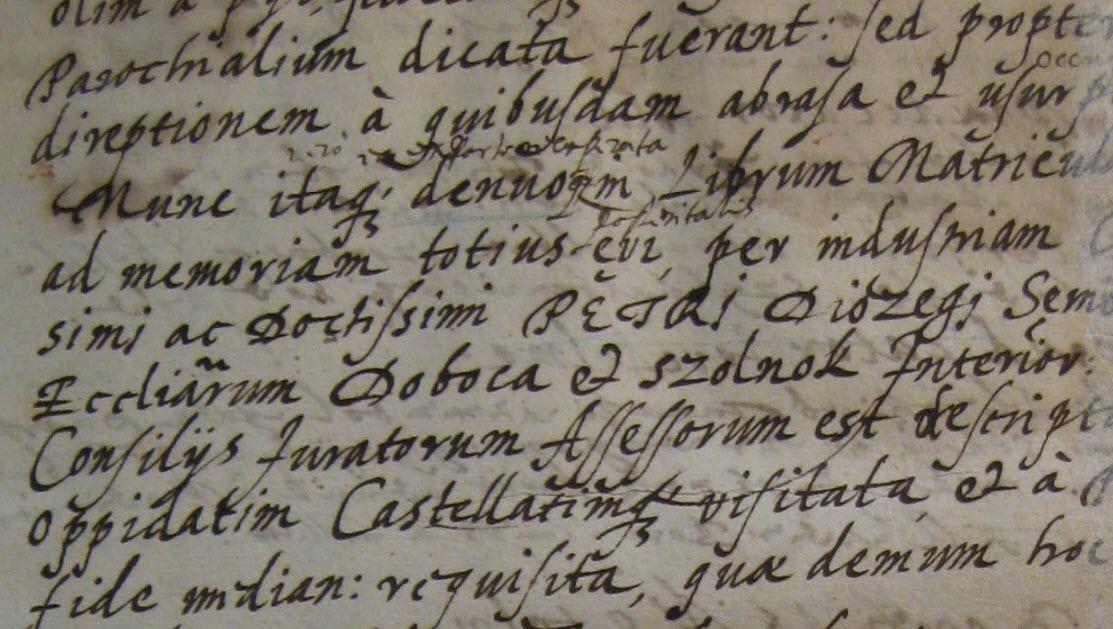Adalékok Kiss Gergely peregrinációjához
Kiss Gergely peregrinációjával kapcsolatosan több, egymásnak ellentmondó vélemény is megfogalmazódott az idők során. A 19. századi életrajzírók többsége, Pálffy és Török István kivételével, nem írt életének e kevésbé ismert szakaszáról, s a 20. századi publikációk is, Mózes András munkája kivételével, csupáncsak érintőlegesen számolnak be róla.
